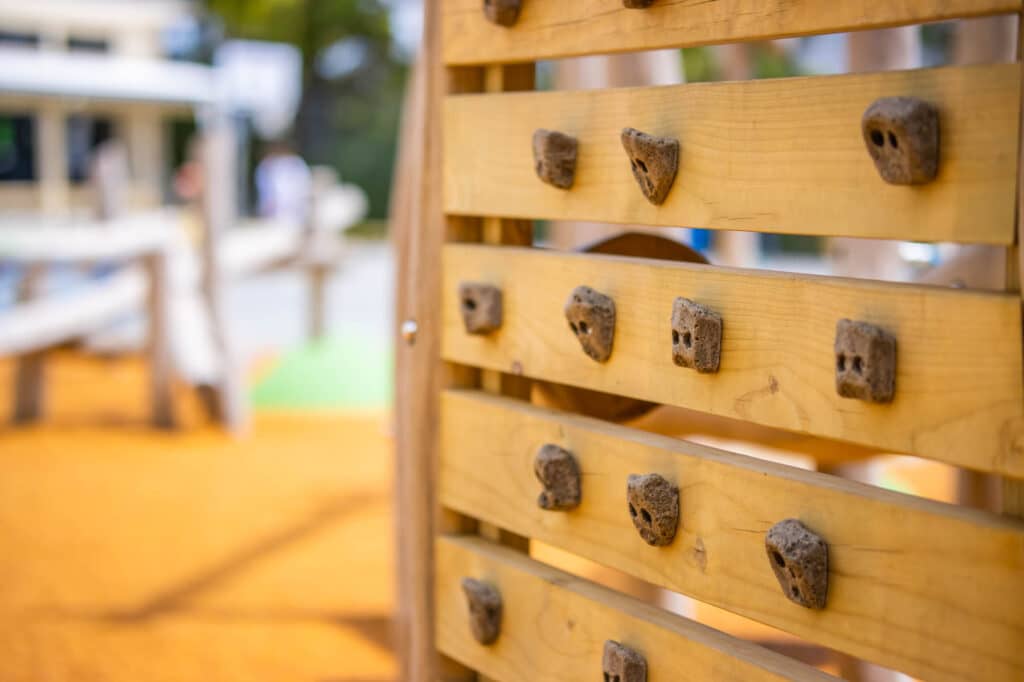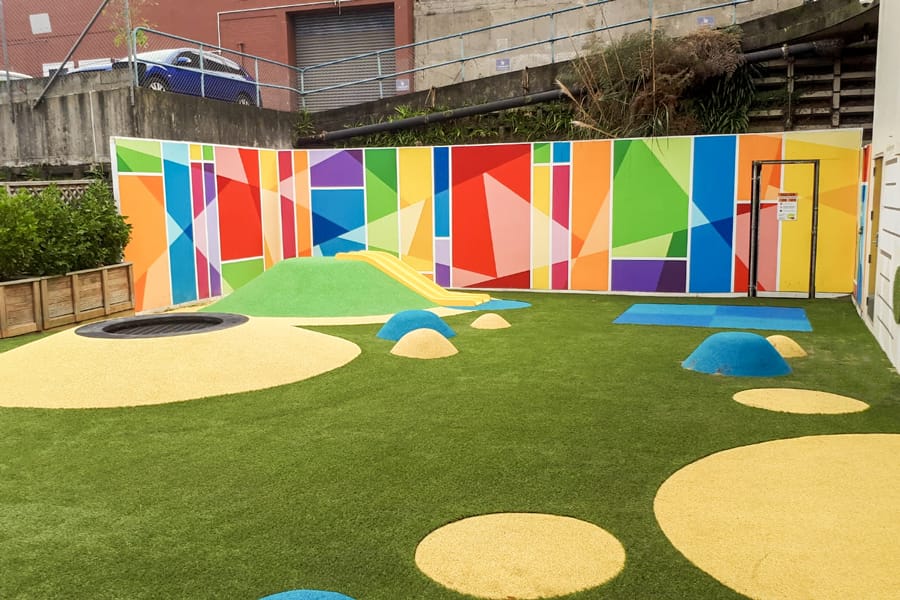A school’s walls can be much more than boundaries. They hold the potential to become dynamic platforms for learning, creativity, and play.
With innovative playground ideas, school walls can be transformed into engaging spaces that blend education with enjoyment. Let’s dive into six unique ways to rejuvenate your school’s playground walls.
Community Murals: Painting a Story Together
One of the most effective ways to give school walls a colorful upgrade is through community murals. Imagine the once-blank walls now bursting with the vibrancy of local flora and fauna, painted by the combined efforts of students and local artists.
Not only does this bring art into everyday play, but it also educates children about their local environment.
Interactive Chalkboard Walls: The Evolving Canvas
Rock Climbing Walls: Scaling New Heights
Playground design isn’t just about aesthetics—it’s about functionality. Convert a plain concrete wall into a thrilling rock climbing experience.
With proper safety measures, children can explore, climb, and challenge themselves, fostering physical fitness and confidence.
Green Walls: A Lesson in Sustainability
Green walls or vertical gardens are a stunning and educational addition to any playground. Using materials like timber and recycled plastic bottles, you can craft a lush, living wall.
Beyond the beauty, it offers hands-on lessons in sustainability and nature.

Musical Walls: A Symphony of Play
Incorporating old pots, pans, chimes, and xylophones into your playground design creates a delightful musical wall.
Every touch becomes a note, and every interaction is a hands-on experience in creativity and coordination.
Mirror Play: Reflections on Science
Children are naturally curious, and mirrors can spark their imaginations like few other things can.
Incorporating a mix of regular and distorted mirrors on school walls invites students to explore, ponder, and question the fascinating world of light and optics.
In conclusion, school walls hold a world of opportunity. By embracing some of these playground ideas, we can craft spaces that are not just for play but for learning, growing, and expressing. So, next time you look at a school wall, envision the potential it holds.
Read our portfolio below if you want to know more and get inspired. Or if you are ready to decide, call us on 0800 000 334 or book a site visit.







